Ever wondered what it would be like to savor the mouthwatering flavors of freshly picked vegetables or pluck juicy, sun-ripened fruits straight from your own garden?
If the idea of cultivating your own food has ever crossed your mind, you’re not alone. In a world increasingly disconnected from the sources of our sustenance, the prospect of growing your own nourishment holds an undeniable allure.
Whether you’re a city dweller with a windowsill to spare or blessed with a sprawling backyard, embarking on the journey of growing your own food is an empowering endeavor that brings you closer to the natural rhythms of life. In this blog post, we’ll walk you through three essential steps that will set you on the path to a bountiful and rewarding harvest.
Let’s dive in!
1. Find an Ideal Location
When it comes to growing your own Garden of Eden, finding the right location is crucial to ensure the success of your garden. Consider the following three essential factors:
Optimal Soil
Healthy soil is the foundation of a thriving garden. Look for soil that is fertile, well-draining, and rich in organic matter. Conduct a soil test to determine its pH level and nutrient content, as this will help you understand the adjustments needed to create an ideal growing environment.
If the existing soil is unsuitable, consider using raised beds or containers filled with quality potting soil or compost – be sure to enlist the services of garden waste removal specialists to keep your garden organized and weed-free over time.
Constant Sunlight
Sunlight is the lifeblood of plants, providing them with energy through the process of photosynthesis. Choose a sunny spot for your vegetables. Observe the space you have available and take note of any potential shade cast by buildings, trees, or other structures.
Water Access
Access to a reliable water source is essential to keep your garden hydrated. Consider the proximity of water outlets or a water collection system to your chosen location – depending on the size of your garden, you may need to use a hose or watering cans for irrigation.
Furthermore, ensure that your chosen location has proper drainage to prevent waterlogging, which can harm plant roots.
2. Select & Research Your Plants
Now it’s time for the fun part – choosing the right plants for your garden is like curating a delicious menu tailored to your taste buds. Consider your climate, available space, and personal preferences when selecting crops. Research each plant’s specific needs, including sunlight requirements, soil preferences, and optimal planting times.
Moreover, take into account factors like the length of the growing season and the plants’ compatibility with one another. By understanding the unique characteristics of your chosen plants, you can create an ecosystem that thrives harmoniously, ensuring a delectable harvest.
3. Invest in the Right Tools
Equipping yourself with the right tools is essential for smooth and efficient gardening. While the specific tools you’ll need may vary depending on the size and type of garden you’re cultivating, there are a few basic essentials to consider.
- A sturdy pair of gardening gloves will protect your hands from thorns and blisters.
- A trowel and hand fork will aid in planting and soil cultivation.
- A watering can or hose with a spray nozzle is indispensable for watering your plants.
- Depending on the size of your garden, invest in a garden rake, pruners, and a wheelbarrow for maintenance tasks.
Final Thoughts
Embarking on the journey of growing your own food can be a rewarding and empowering experience.
By following the three essential steps outlined in this guide, you can establish a thriving garden and cultivate fresh, nutritious produce right at your doorstep – and perhaps gain a new hobby or business venture in the process!


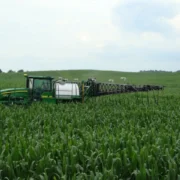
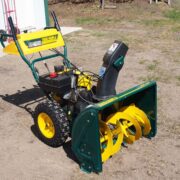
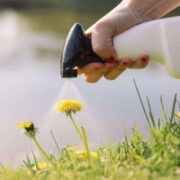
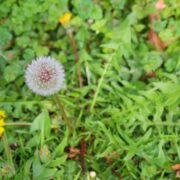
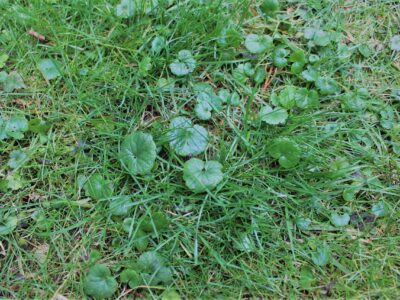
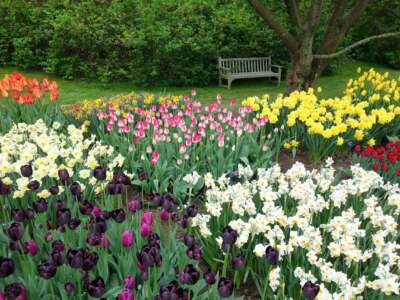
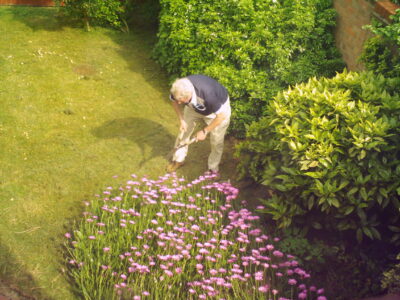
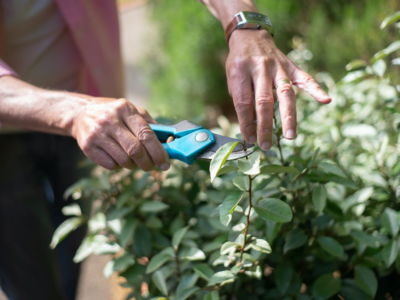
Comments